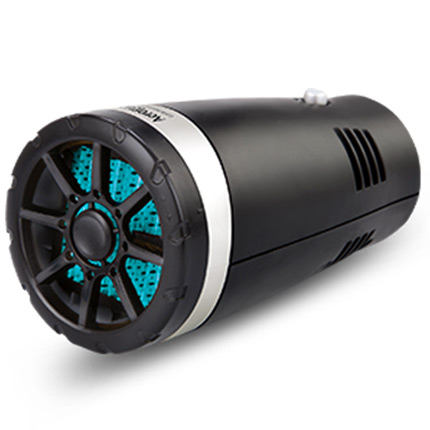throttle and throttle cable
Understanding Throttle and Throttle Cables The Heart of Engine Control
In the world of automotive engineering, the throttle and throttle cable hold significant importance in the functioning of internal combustion engines. These components play a pivotal role in regulating air intake, which directly influences engine performance, responsiveness, and efficiency. In this article, we will delve deeper into the concepts of throttle and throttle cable, exploring their functions, importance, and the ongoing advancements in technology that enhance their performance.
At its core, the throttle is a mechanism that controls the amount of air entering the engine's combustion chamber. This control directly affects the engine's power output—more air means more fuel can be burned, resulting in greater power. The throttle can be mechanical or electronic. Mechanical throttles are operated by a physical connection—typically a throttle cable—that transmits the driver's input from the accelerator pedal to the throttle body. In contrast, modern vehicles often utilize electronic throttle control (ETC) systems, which eliminate the need for a physical cable, instead using sensors and motors to adjust the throttle position based on various inputs, including driver demand and engine conditions.
The throttle cable, a crucial link in the mechanical throttle system, is typically a flexible steel cable that connects the accelerator pedal to the throttle body. When the driver presses the accelerator, the cable pulls the throttle plate open, allowing more air into the engine. The setup is simple yet effective, demanding minimal maintenance as long as the cable remains in good condition. However, a faulty or frayed throttle cable can lead to issues such as poor acceleration response or complete throttle failure, which can be dangerous.
As technology has evolved, so has the throttle system. Electronic throttle control systems offer several advantages over traditional mechanical setups. For one, electronic systems can provide smoother acceleration, as they can make rapid adjustments to throttle position electronically based on real-time data. Additionally, they can integrate with other vehicle systems like traction control and stability control, enhancing overall safety and performance. These systems can also aid in reducing emissions—by precisely controlling the air-fuel mixture, they help engines run more efficiently.
throttle and throttle cable

Despite the benefits of electronic systems, mechanical throttle cables still have their place. They are often preferred in certain applications, such as motorsports or older vehicles, where simplicity and direct feedback are valued. Enthusiasts often argue that mechanical throttles provide a more 'raw' driving experience, enabling the driver to feel more connected to the vehicle's operation.
Furthermore, maintenance of the throttle cable is essential for optimal performance. If you notice your vehicle hesitating to accelerate or the throttle feels sticky, it might be time to inspect and potentially replace the cable. Regular checks can prevent the inconvenience of being stranded due to throttle issues. Ensuring that the throttle body is also clean and ungummed is crucial, as carbon buildup can hinder its operation and responsiveness.
One of the most exciting developments in throttle technology is the rise of drive-by-wire systems, which further streamline the connection between driver inputs and engine performance. These systems do away with the traditional cable altogether, instead relying on electronic signals to initiate throttle movement. This development allows for greater flexibility in vehicle dynamics, enabling manufacturers to fine-tune engine mapping and throttle response to enhance both performance and fuel efficiency.
In conclusion, understanding the throttle and throttle cable is essential for anyone interested in vehicle operation or maintenance. These components, while often overlooked, are key to a vehicle's performance and safety. As technology continues to evolve, the future of throttle control systems looks promising, with increased reliability, efficiency, and integration into advanced driving systems. Whether you're cruising in a modern sedan or racing in a classic car, the throttle remains at the heart of the driving experience.
-
Workings of Clutch Pipe and Hose SystemsNewsJun.04,2025
-
The Inner Workings of Hand Brake Cable SystemsNewsJun.04,2025
-
The Secrets of Throttle and Accelerator CablesNewsJun.04,2025
-
The Hidden Lifeline of Your Transmission Gear Shift CablesNewsJun.04,2025
-
Demystifying Gear Cables and Shift LinkagesNewsJun.04,2025
-
Decoding Clutch Line Systems A Comprehensive GuideNewsJun.04,2025
